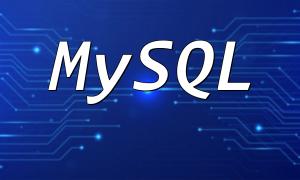Linux is an open-source operating system, widely appreciated by developers for its stability and security. Installing PHP on Linux not only optimizes system resources but also provides access to a wealth of community support for easier application development and deployment. Moreover, many popular web servers like Apache and Nginx run seamlessly on Linux.
Before installing PHP, make sure your Linux system is properly configured. Update your system using the following commands:
PHP is typically used in conjunction with a web server, so you need to install one first. Here we use Apache as an example:
After installation, you can verify Apache is running by visiting http://localhost. If successful, you'll see Apache's default page.
Next, install PHP using the following command:
Depending on your project's needs, you might need additional PHP extensions. For example, if you need MySQL support, you can use the following command:
To ensure PHP is installed correctly, create a test file. In Apache's document root directory, create a file named info.php:
Then, visit http://localhost/info.php to view the PHP information page. If you see the PHP configuration details, the installation was successful.
By following these steps, you'll be able to successfully install and configure PHP in a Linux environment. Following this guide step-by-step will not only ensure PHP is installed correctly but also prepare you for future development and deployment tasks.









